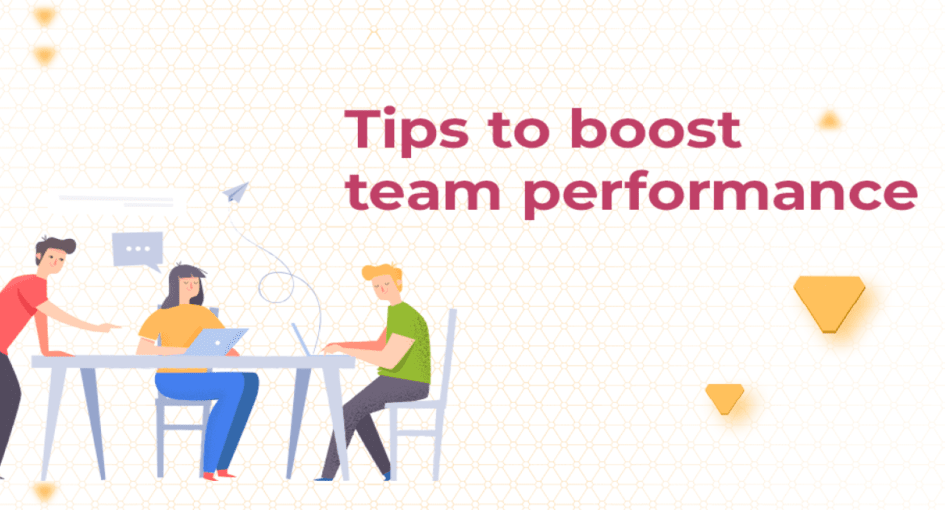
Introduction
In the realm of collaborative work environments, the concept of team productivity emerges as a pivotal force driving organizational success. This article embarks on an in-depth exploration of the intricate landscape of team productivity, delving into its intricate mechanisms, its pivotal role in organizational performance, common challenges, and the transformative strategies that elevate teams to unprecedented levels of efficiency and accomplishment.
Deciphering Team Productivity
Defining Collective Efficiency: Team productivity embodies the collaborative effort and output of a group of individuals striving toward shared goals.
The Significance of Cohesive Teams: Team productivity is the cornerstone of efficient operations, effective goal attainment, and sustained growth for organizations.
Essential Components of High-Performing Teams
Aligned Purpose: High-performing teams are driven by a clear and shared purpose that serves as a guiding force for their endeavors.
Open Channels of Communication: Effective communication fosters mutual understanding, minimizes misinterpretations, and promotes seamless collaboration.
Cultivating Collaborative Culture: Teams that prioritize collaboration encourage the exchange of ideas, harness diverse perspectives, and collectively tackle challenges.
Role Clarity: Well-defined roles and responsibilities streamline tasks and ensure optimal utilization of individual strengths.
Shared Accountability: Team members collectively take responsibility for their contributions, fostering a sense of ownership for collective outcomes.
Strategies for Elevating Team Productivity
Unified Goals: Align team objectives with the organization’s mission, fostering a sense of purpose that fuels motivation.
Efficient Communication: Establish a range of communication channels, formal and informal, to facilitate information flow and quick decision-making.
Transparent Expectations: Clearly articulate expectations for roles, responsibilities, and deadlines, reducing ambiguity and enhancing efficiency.
Empowerment and Autonomy: Empower team members to make decisions, contribute innovative ideas, and exercise autonomy within their roles.
Constructive Feedback and Acknowledgment: Regularly provide constructive feedback and recognize team achievements, fostering a positive and motivating environment.
Continuous Learning Culture: Nurture an environment of ongoing learning and skill development to enhance team members’ capabilities and adaptability.
Tackling Common Challenges
Resolving Conflict and Alignment: Address conflicting goals, communication breakdowns, and differing viewpoints to maintain team cohesion and productivity.
Clarity Amid Ambiguity: Provide clarity in goals, roles, and expectations to eliminate confusion and optimize team collaboration.
Effective Time Management: Equip teams with tools and techniques for effective time management to ensure deadlines are met with quality work.
Preserving Engagement and Preventing Burnout: Balance workloads, recognize signs of burnout, and promote engagement to sustain team morale.
Strategies for Navigating Challenges
Fostering Skill Enhancement: Offer skill development opportunities, workshops, and training sessions to equip team members with the tools they need to tackle challenges effectively.
Encouraging Collaboration: Create collaborative projects and initiatives that require diverse skills, fostering cross-functional teamwork and innovative problem-solving.
Stress Management Techniques: Provide resources and training in stress management techniques to help team members cope with pressure and maintain well-being.
Recognition and Rewards: Implement a system for recognizing and rewarding team members’ contributions, boosting motivation and morale.
Flexibility and Adaptability: Cultivate a culture that values flexibility and adaptability, allowing teams to pivot and adjust strategies as circumstances evolve.
Feedback Culture: Establish an environment of open feedback where team members can share constructive insights and suggestions for improvement.
Mentorship and Coaching: Offer mentorship and coaching programs where experienced team members provide guidance and support to newer members.
Diversity and Inclusion Initiatives: Promote diversity and inclusion within the team, as varied perspectives can lead to more comprehensive problem-solving.


Empathy and Emotional Intelligence: Encourage the development of empathy and emotional intelligence skills to enhance team dynamics and understanding.
Continuous Learning Environment: Foster a culture of continuous learning, where team members are encouraged to stay updated with industry trends and advancements.
Celebrating Milestones: Recognize and celebrate both individual and team achievements, reinforcing a sense of accomplishment and unity.
Technology Integration: Leverage technological tools and platforms to streamline communication, collaboration, and task management.
Regular Performance Reviews: Conduct periodic performance reviews to assess individual contributions, provide feedback, and set goals for improvement.
Adaptable Workspaces: If possible, provide flexible workspaces that cater to different work styles and preferences, enhancing overall comfort and productivity.
Promoting Work-Life Balance: Encourage a healthy work-life balance by emphasizing the importance of taking breaks and disconnecting from work when needed.
Conclusion: Charting the Path Forward
The realm of team productivity is a dynamic and evolving landscape that demands a holistic approach. By fostering collaboration, aligning objectives, and offering the necessary support, organizations can steer their teams toward unparalleled efficiency and accomplishment. As the professional landscape continues to evolve, mastering the art of team productivity emerges not only as a strategic advantage but as a core pillar of thriving in a competitive milieu.